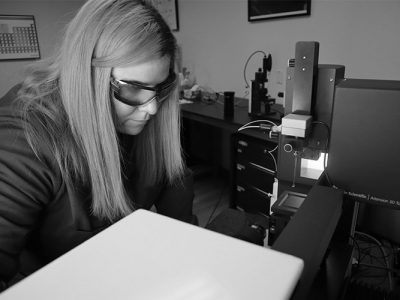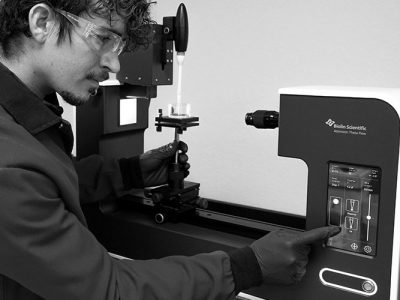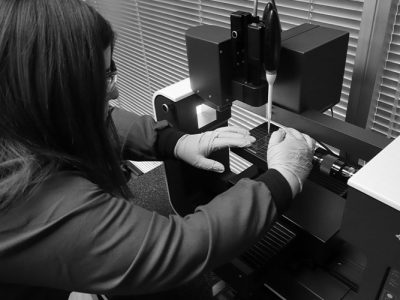The ability of two materials to adhere to each other is dictated by several variables, including topography, cleanliness, and wettability. For example, a coat of paint may not stick to a surface without the surface first being treated with a primer. The adhesion between the final top coat and the underlying surface is greatly increased due to high compatibility of the primer with the paint. Conversely, design of water repellent surfaces often involves an innately hydrophobic material whose properties are enhanced by topographical features. Many techniques are available to determine adhesion (or lack thereof) to a surface, such as static contact angle, advancing and receding contact angle, surface free energy, and tilting angle. Additionally, roughness plays a key role in both producing and obscuring the properties of a coating or surface.
This webinar examines the benefits of simultaneous topographical characterization with contact angle measurements to decouple the effects of surface features from a material’s chemical behavior. Furthermore, traditional contact angle measurement techniques such as advancing, receding, and tilting angle are examined to determine the situations where they are most effective in measuring adhesion.





